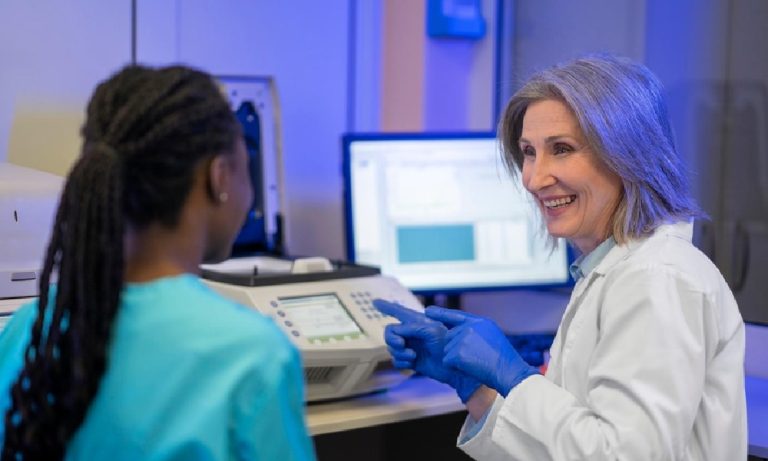Maintaining a strong immune system is key to preventing illness and staying healthy. While diet, exercise, and sleep play crucial roles, many people are discovering the benefits of homeopathic treatment in Alpharetta for boosting their immune defenses. This holistic approach addresses various underlying factors that impact immunity and promote balance within the body.
Understanding Homeopathic Treatment and Its Connection to Immunity
Homeopathy focuses on treating the individual as a whole rather than just addressing symptoms. Using natural remedies derived from plants, minerals, and other sources it aims to activate the body’s innate healing processes. Homeopathic medications are not one-size-fits-all, which means they are tailored to each person’s unique needs.
This personalized approach is particularly effective for immune support. Homeopathy works by targeting not only acute conditions, like colds or the flu but also chronic issues that may weaken the immune system over time. For example, remedies can help address stress, allergies, or recurrent infections—conditions that often compromise immunity.
This all-encompassing method ties into the concept of homeopathy as a vital component of holistic health, offering a deeper understanding of the differences between allopathy and homeopathy treatments and their unique approaches to care.
Key Benefits of Homeopathy for the Immune System
Natural Immune Boost Without Side Effects
Unlike some conventional treatments, homeopathic remedies are gentle on the body and free from harsh side effects. For individuals prone to allergies or sensitivities, these remedies offer a safer alternative to support immune health.
Because they work in harmony with your body’s natural processes, people often experience sustainable improvements in how their immune systems respond to infections or environmental triggers. Whether you’re preparing for the flu season or recovering from illness, this supportive method can make a significant difference.
Addressing the Root Cause of Health Issues
One of the hallmarks of homeopathic treatment is its emphasis on identifying the root cause of health challenges. Often, factors like chronic stress, poor digestive health, or unresolved infections can place undue strain on your immune system. Homeopathic remedies focus on addressing these underlying issues, allowing your body to heal and fortify its defenses over time.
Restoring Balance and Holistic Well-Being
From a holistic perspective, homeopathic care helps bring balance to your physical, emotional, and mental health. Since immune health is profoundly influenced by these factors, the treatment targets all aspects of your well-being. For instance, if stress or emotional burdens are impacting your body’s ability to ward off illness, homeopathy can provide remedies tailored to soothing these stressors.
This comprehensive approach aligns with the information provided in this article on homeopathy as part of holistic health for a deeper understanding of its broader benefits.
How to Start Supporting Your Immunity With Homeopathy
To begin incorporating homeopathy into your health routine, it’s important to work with a practitioner who will carefully evaluate your symptoms, lifestyle, and overall health. Each remedy is selected based on your individual needs, ensuring optimal benefits to your immune system.
Adopting a homeopathic approach doesn’t mean you have to abandon other healthy practices. Pairing homeopathy with a balanced diet, regular exercise, and stress management can multiply the benefits for your immune health.
By addressing both physical and emotional stressors, homeopathy unites multiple elements of well-being to build a resilient immune system. Whether you’re looking to prevent illness or manage lingering health concerns, this holistic treatment can offer a gentle and effective path toward wellness.
Conclusion
Taking charge of your immune health means considering alternatives that address your body’s needs holistically. By exploring treatments designed to strengthen and balance from within, you’re not just managing symptoms—you’re nurturing total well-being.










